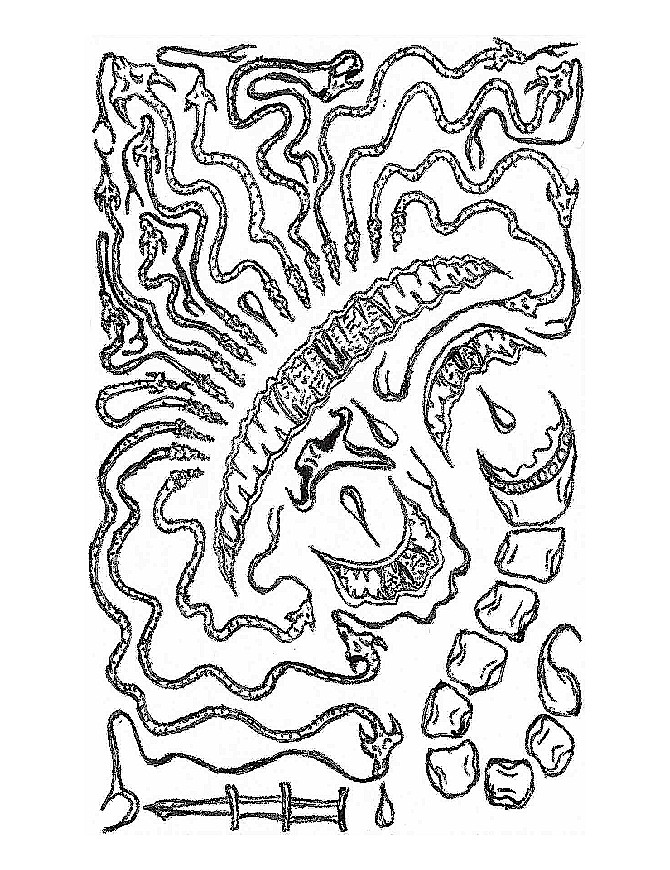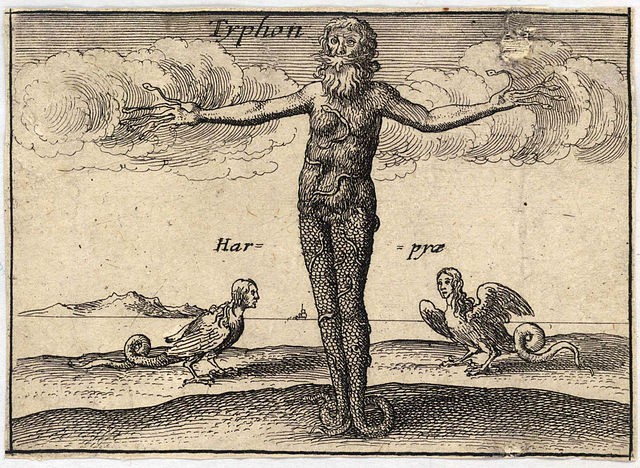Watch
Events
Articles
Market
More
On this date in history, 09/21/1764: The Sugar Act of 1764 reduces taxes but increases enforcement efforts. #otd #tdih #intolerableacts https://www.historycarper.com/....1764/04/05/the-sugar



A Man of Purity
References:
Proverbs 4:20 / Psalm 119:11 / Matthew 5:23, 24 (AMP) / 1 Corinthians 6:18-20 (AMP) / John 8:32 (AMP) / 1 John 2:12-17 – 2:20, 27-29 (TLB) / Matthew 6:33 (AMP) / Ephesians 5:1 (AMP)
Abba, I attend to Your Word. I hide it in my heart that I might not sin against You. You made me, You know me, and You bought me -- I belong to You. I commit myself and all my natural affections to You Abba, and acknowledge the Power of Ruach HaKodesh in my life. I give Him control and submit to Your will. Forgive me for sinning against You, against myself, and against others. Thank You for Your Grace that enables me to leave my gift at the altar when I remember that someone has a grievance against me, I will go and make peace with that person whenever possible and then come back and present my gift to You. In the Name of Yeshua, I thank You for the power to shun immorality and all sexual looseness. I flee from impurity in thought, word and deed. My body is the temple of Ruach HaKodesh Who lives within me, Whom I have received as a gift from You. I am not my own. I was bought with a price. Therefore, I will honour You Abba, and bring glory to You in my body. When I read Your Word, I received the truth that makes me free. I have won my battle with Satan. I have learned to know You as my Abba. I am strong with Your Word in my heart. I no longer love this evil world and all that it offers me, for when I love these things, I show that I do not really love You Adonai, for all these worldly things, these evil desires, the craze for sex, the ambition to buy everything that appeals to me, and the pride that comes from wealth and importance -- are not from You Abba. They are from this evil world itself. This world is fading away and these evil, forbidden things, will go with it; but whoever keeps doing Your will Adonai, will live forever. Thank You Abba, that I have been anointed by the Holy One, and I know I have received Ruach HaKodesh and He lives within me, in my heart, so that I don’t need anyone to teach me what is right. For He teaches me all things, and He is the Truth and no liar, just as He said. I must live in Moshiach, never to depart from Him. Abba, I stay in happy fellowship with You, so that when Your Son Yeshua comes, I will be sure that all is well and will not have to be ashamed and shrink back from meeting Him. I know that You are always good and do only right, and I seek to be an imitator of You and do what is good and right. In Yeshua’ Name, amen.



From an OOM project.
Talk to me about people who make intriguing Strange things!
Every working day I create an OOM for the Strange things of our Maker.
ofourmaker.com
#dailycreatedoom 2023/09/20




This OOMlich 1600s engraving of Typhon by Wenceslaus Hollar.
https://hollar.library.utoronto.ca/
Tell me about a Strange thing that intrigues you!
Every working day I post an OOM for the Strange things of our Maker.
ofourmaker.com
#dailyoom



